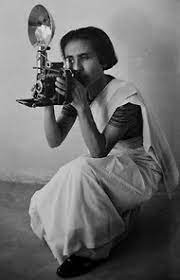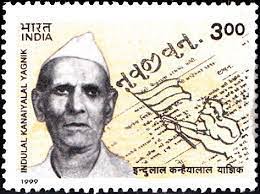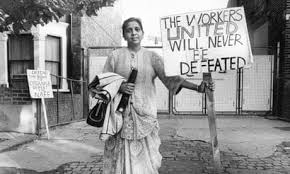The past few weeks, as India goes through its massive election exercise, the newspapers have been carrying iconic photographs that show glimpses from past elections. For many of us who are firmly part of the ‘morning newspaper’ generation, these black and white images bring back memories of what feels like another age. These pictures capture not only candid shots that evoke nostalgia, but are also telling stories of different life and times. The people behind most of these have been photojournalists. Photojournalists are described as visual storytellers who use photography to document and report on news events, current affairs, and human interest stories. While their camera lens captures, and freezes a particular moment, it is the record of these intrepid storytellers that make history.

A recent exhibition of one of India’s most renowned photojournalists, Raghu Rai presents some pages from this history. But this also reminds one of another name that made her own history. This is Homai Vyarawalla, India’s first woman photojournalist.
Homai Vyarawalla was born on 9 December 1913 in Navsari in Gujarat, in a Parsi family. She had a peripatetic childhood as her father was an actor with a traveling theatre group. The family eventually settled in Mumbai where Homai enrolled in the JJ School of Arts. When she was in her early teens Homai met Manekshaw Vyarawalla, a freelance photographer who first introduced her to photography. The two initially shared a Rollieflex camera, and developed their own films in a dark bathroom. Homai started taking pictures of her friends as she starting learning the ropes. Manekshaw submitted some of her photographs of a local picnic to The Bombay Chronicle for which he then worked, and these were published. Homai began to get some photographic assignments; however some of her works was published under Manekshaw’s name, as a woman photographer was not something people respected professionally. She began to draw more attention after her photographs of life in Mumbai were published in The Illustrated Weekly of India magazine. Later Homai also used the pseudonym Dalda 13 (DALD from the number plate of her car, and 13 which she believed was her lucky number!). Homai and Manekshaw were married in 1941.
With the outbreak of World War II, the British Information Services (BIS) relocated to India, and were recruiting photographers on the ground. The Vyarawallas were recommended for the job by the then editor of the Illustrated Weekly. The couple moved to Delhi in 1942, with Homai joining as a full-time employee, with freedom to also take on freelance projects. Homai’s art school training in visual composition added to her skills as a photographer. She worked for the BIS as an official press photographer till 1951, and as a freelancer till 1970. Always humble and polite, clad in a khadi sari and carrying a Rollieflex camera, Homai was indeed an unusual sight on the streets of Delhi.
Homai began covering not only events and ceremonies at the British High Commission, but also chronicling significant moments in the transitional phase from the end of the British Raj to India becoming an independent nation. Some of these events included the swearing in of Lord Mountbatten as the first Governor General of India in 1947, the first Republic Day Parade in 1950, visit of Jacqueline Kennedy’s visit to India in 1962. She covered Mahatma Gandhi’s funeral in 1948 but was regretful till the end of her life at having missed his last prayer meeting when he was assassinated.
Besides events, Homai’s camera captured nuances of faces and expressions of a host of personalities that shaped the 20th century. From Lord Mountbatten to Queen Elizabeth, Krushchev to Nixon, Sardar Patel to Dr Ambedkar, Mahatma Gandhi to Indira Gandhi, visiting personalities and their hosts were frozen for posterity in Homai’s frames. Jawaharlal Nehru was a favourite subject of Homai’s. Homai was still the rarity in India—a female photojournalist, and her work did not get the kind of attention that the work of a contemporary, Margaret Bourke-White, did for her pictures of Gandhiji.
Homai herself did not seek the limelight, she preferred that her photographs spoke for themselves. And indeed these pictures that span the first three decades of an Independent India continue to tell the stories that defined that era. In fact Homai never travelled out of India. Her first trip to the USA and UK was when she accompanied her biographer on a speaking tour, at the age of 95 years.
Homai’s husband Manekshaw passed away in 1979. Losing her companion of forty years, Homai also gave up photography totally. She spent the last two decades of her life in Vadodara, leading a simple, quiet, secluded life until she passed away on 15 January 2012, at the age of 98. Homai was the recipients of several awards including the Padma Vibhushan in 2011. Homai gave away her entire collection of prints, negatives, cameras and other memorabilia to the Alkai Foundation for the Arts, on permanent loan for safekeeping and documentation.
As Raghu Rai said in a recent interview “If responsible journalism is the first draft of history, then photojournalism is the first evidence of that history being lived.” Homai Vyarawalla will always remain a preeminent chronicler of that history.
–Mamata









